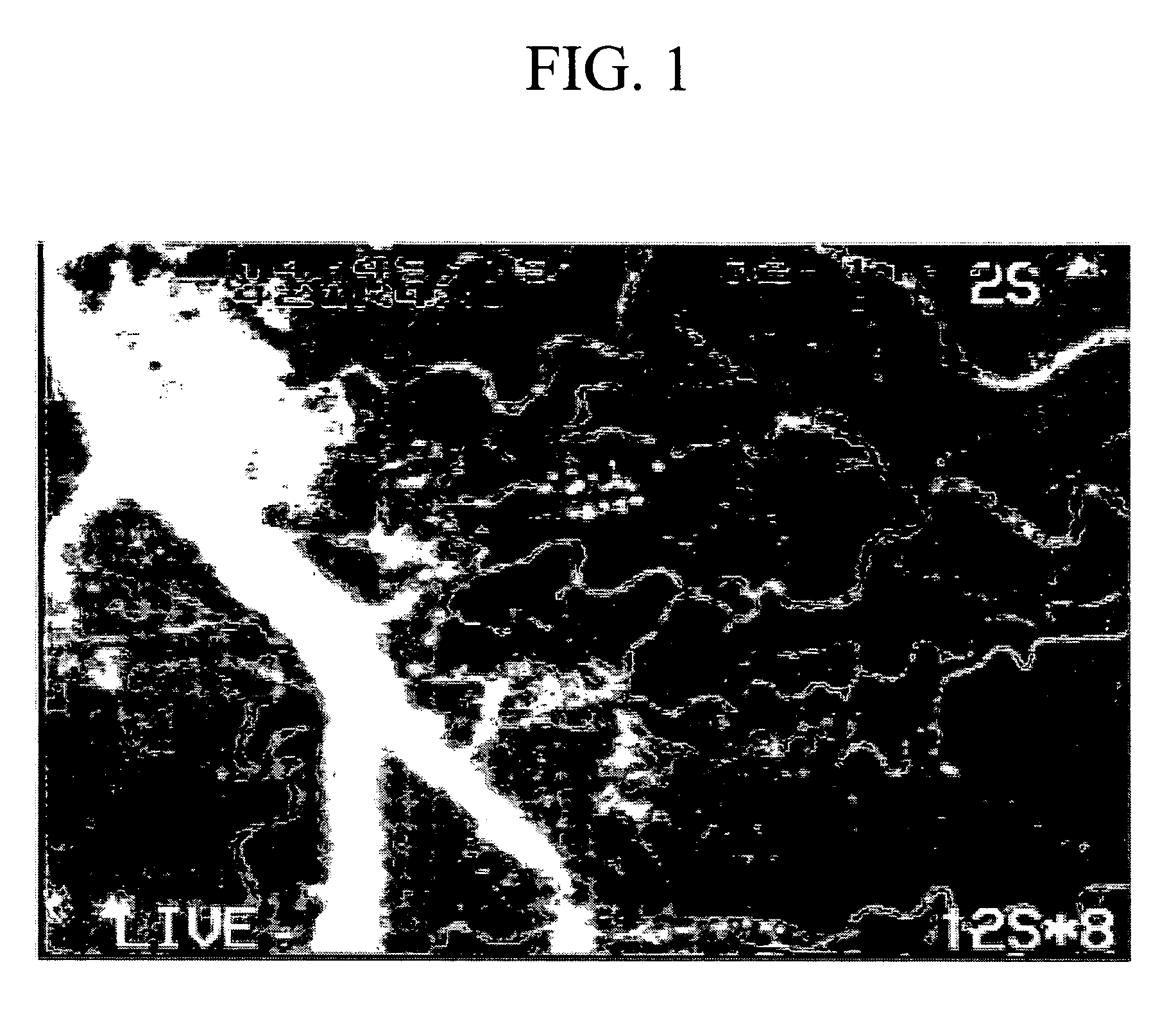Synthetic microfluidic microvasculature network
a microfluidic microvasculature and synthetic technology, applied in the field of synthetic microfluidic microvasculature network, can solve the problems of inability to predict, inability to provide realistic sizes and geometries corresponding, and inability to understand the complex interplay between flow, cells and particles, etc., to eliminate concerns of cross-contamination and optimize drug delivery
- Summary
- Abstract
- Description
- Claims
- Application Information
AI Technical Summary
Benefits of technology
Problems solved by technology
Method used
Image
Examples
Embodiment Construction
[0049]Preferred embodiments of the present invention are described and illustrated in the drawings. Specific terminology is employed for the sake of clarity but the invention is not intended to be limited to the specific terminology used and it is to be understood that each specific element includes all technical equivalents that operate in a similar manner to accomplish a similar purpose. Each reference cited herein, including each reference cited in the description of related art, is incorporated by reference in its entirety. The terms used herein are intended to have their conventional meanings as understood by a person of ordinary skill in the art, as supplemented by the definitions provided.
[0050]The microfluidic microvasculature chips of the present invention comprise at least one fluid inlet, at least one fluid outlet, and at least one SMN. The inventors have demonstrated that the SMNs of the present invention, in contrast to known in-vitro flow chambers, reproduce the fluid ...
PUM
| Property | Measurement | Unit |
|---|---|---|
| diameters | aaaaa | aaaaa |
| diameters | aaaaa | aaaaa |
| diameters | aaaaa | aaaaa |
Abstract
Description
Claims
Application Information
 Login to View More
Login to View More - R&D
- Intellectual Property
- Life Sciences
- Materials
- Tech Scout
- Unparalleled Data Quality
- Higher Quality Content
- 60% Fewer Hallucinations
Browse by: Latest US Patents, China's latest patents, Technical Efficacy Thesaurus, Application Domain, Technology Topic, Popular Technical Reports.
© 2025 PatSnap. All rights reserved.Legal|Privacy policy|Modern Slavery Act Transparency Statement|Sitemap|About US| Contact US: help@patsnap.com



